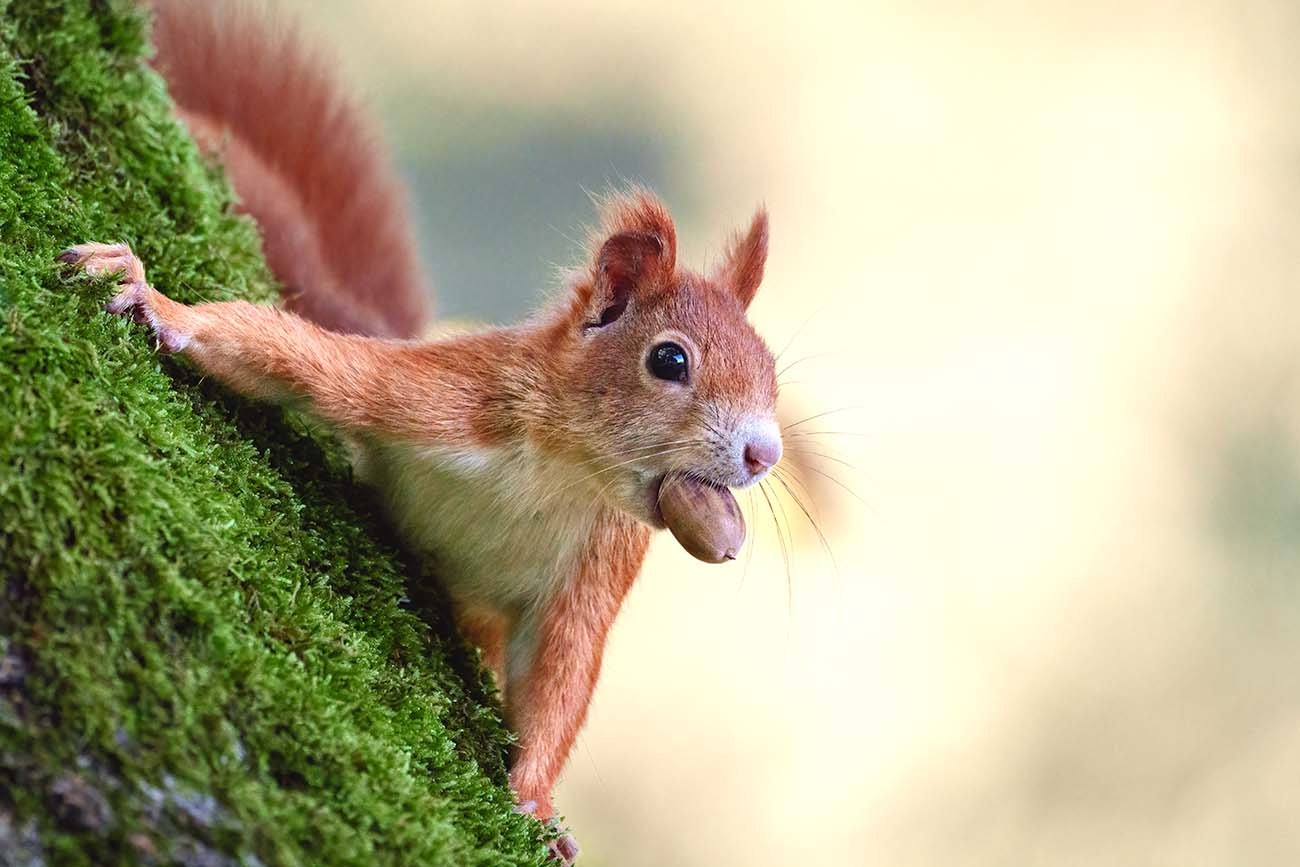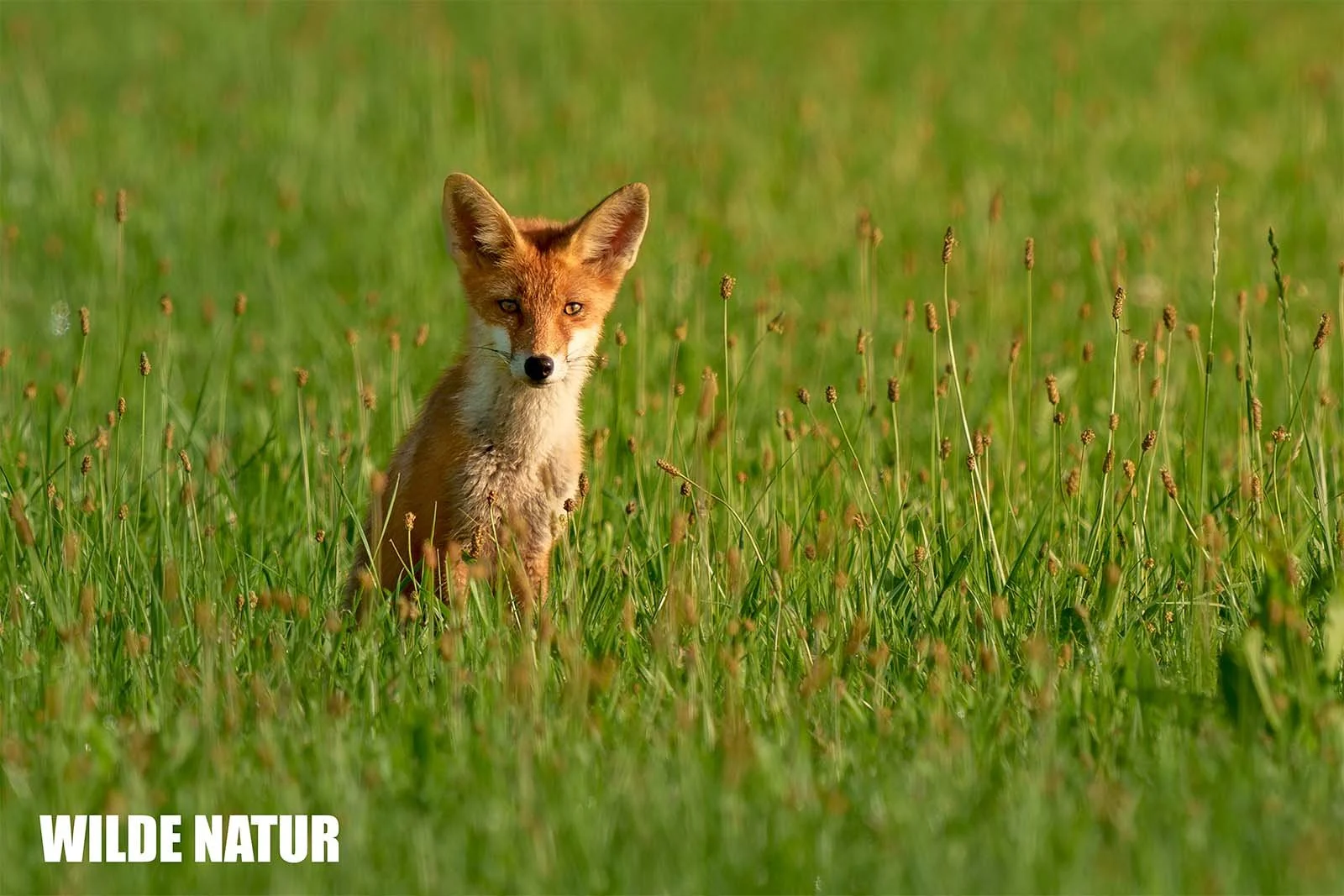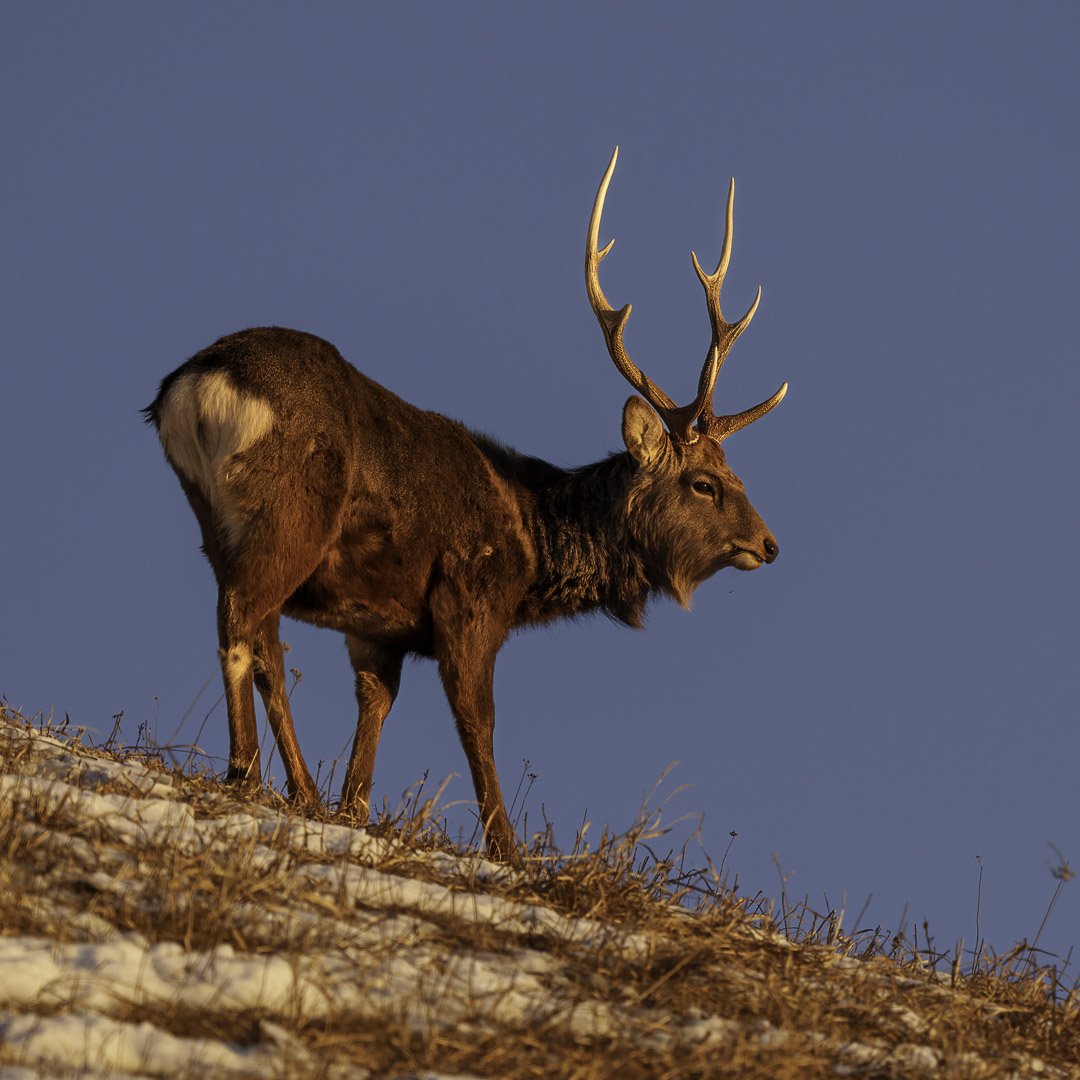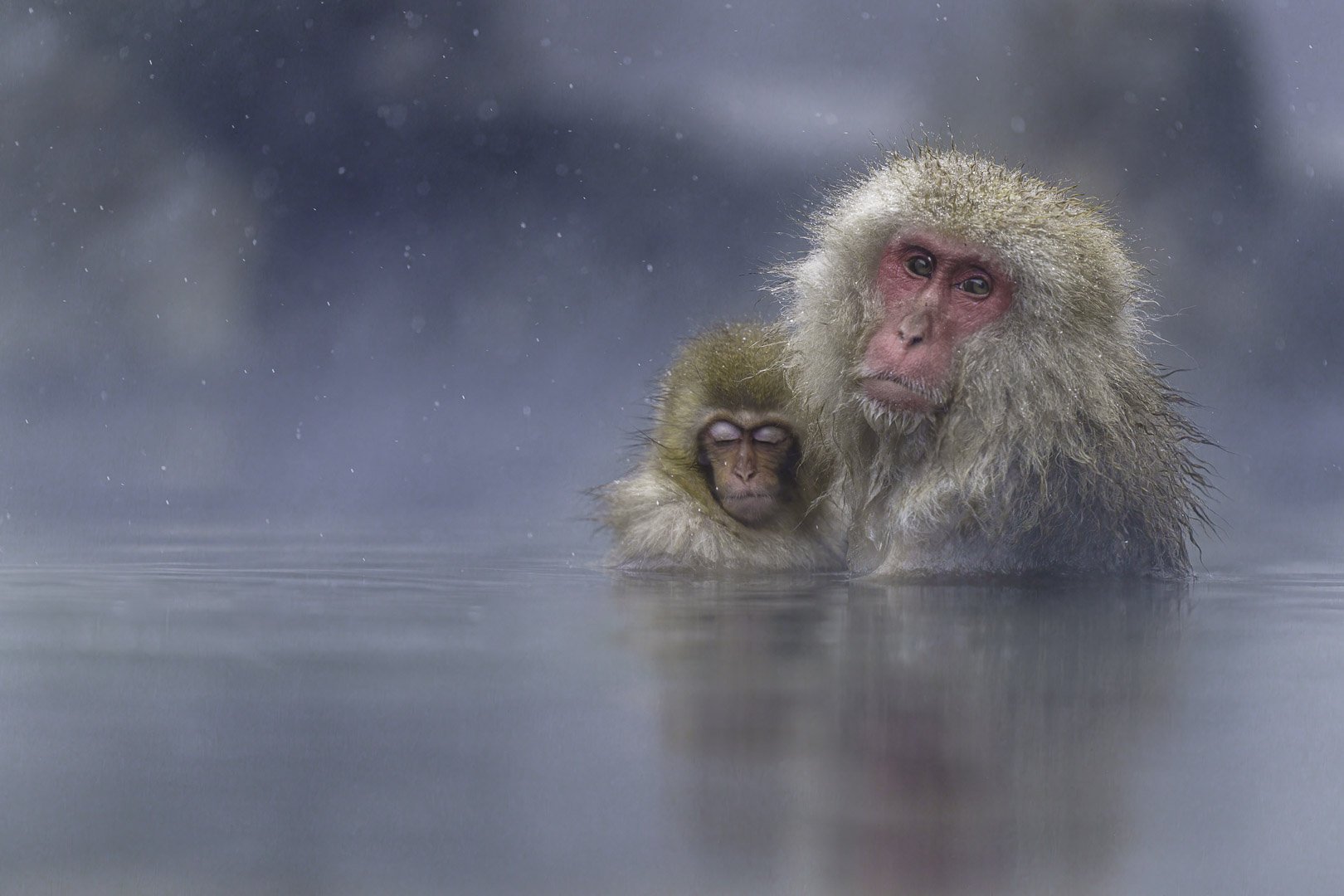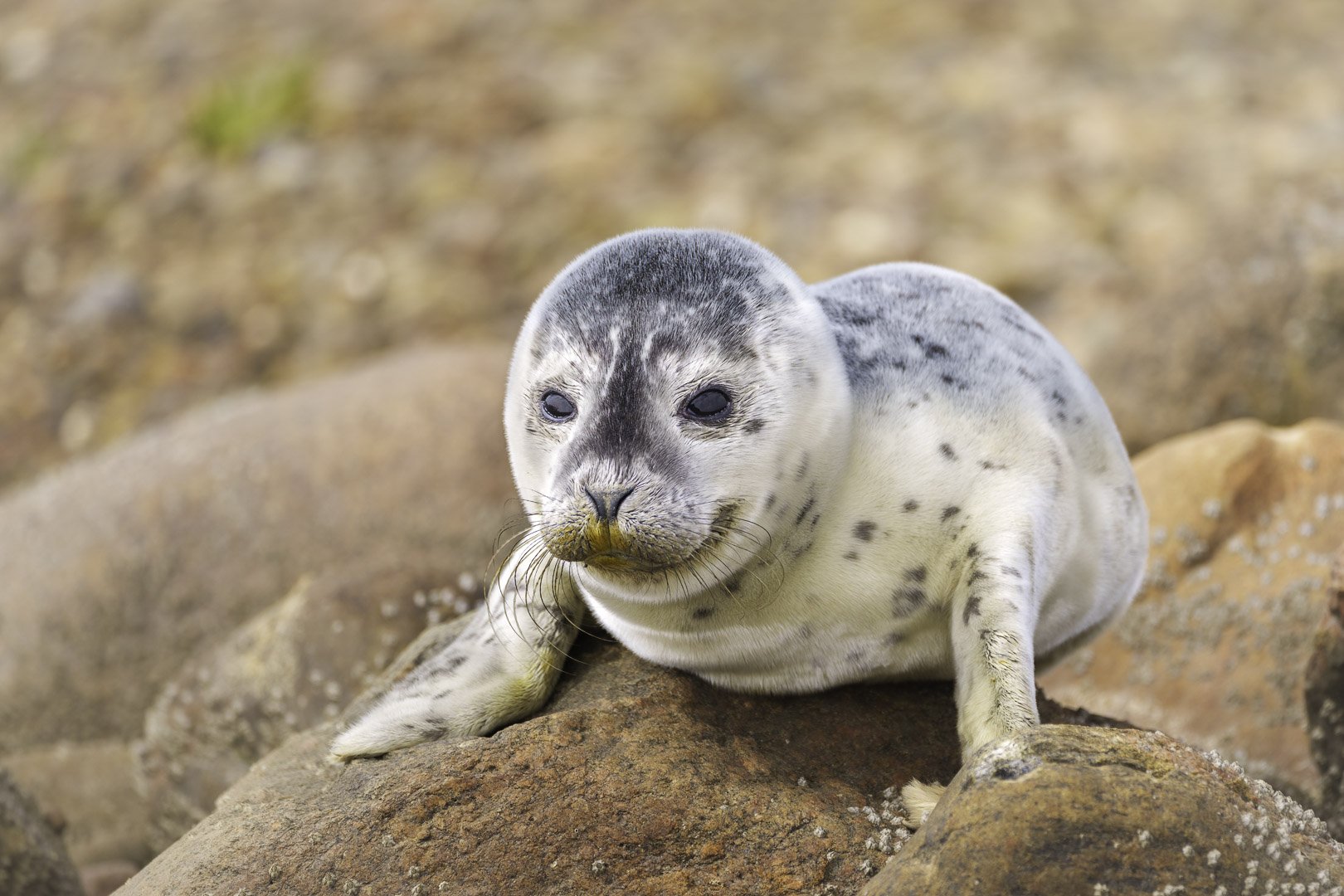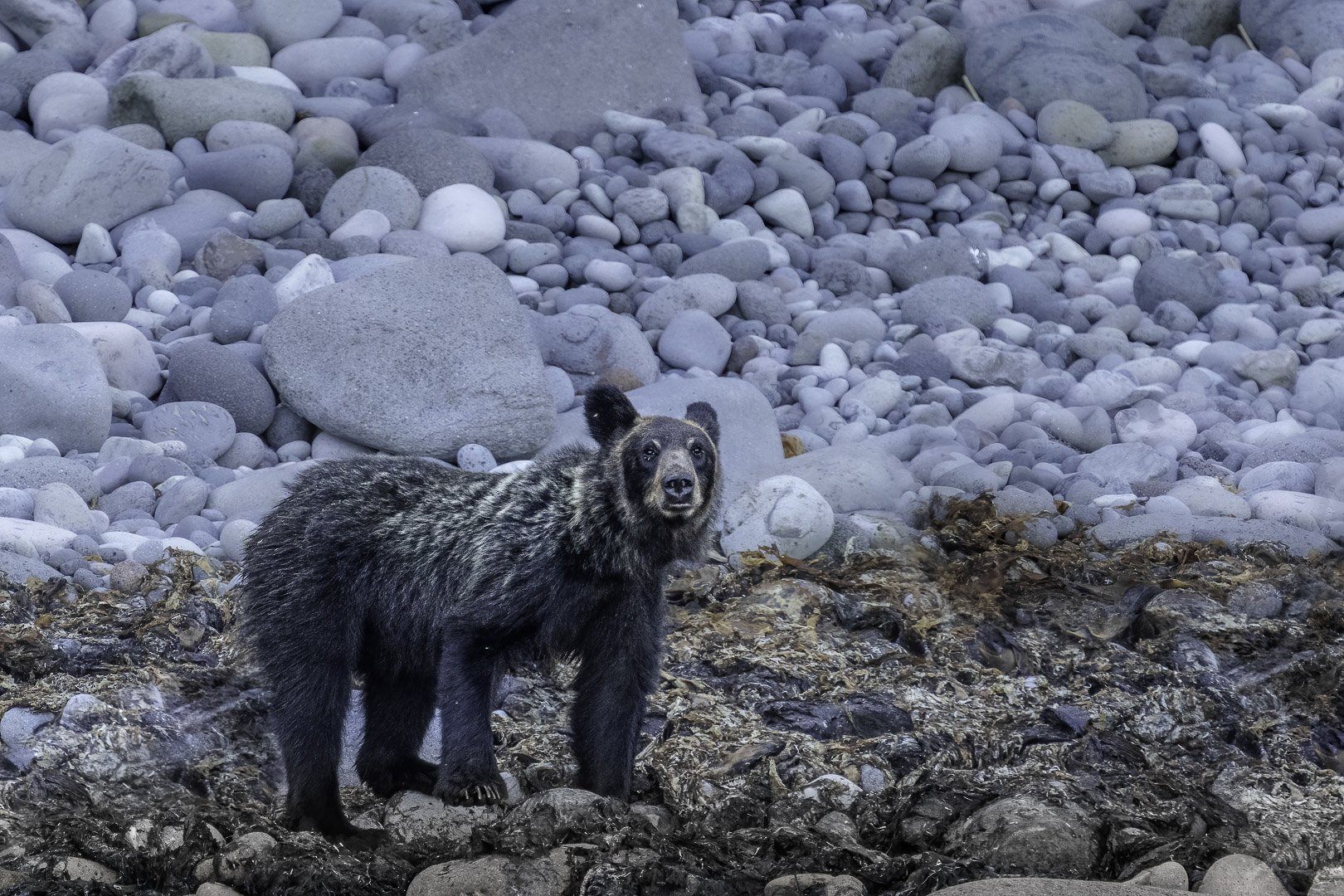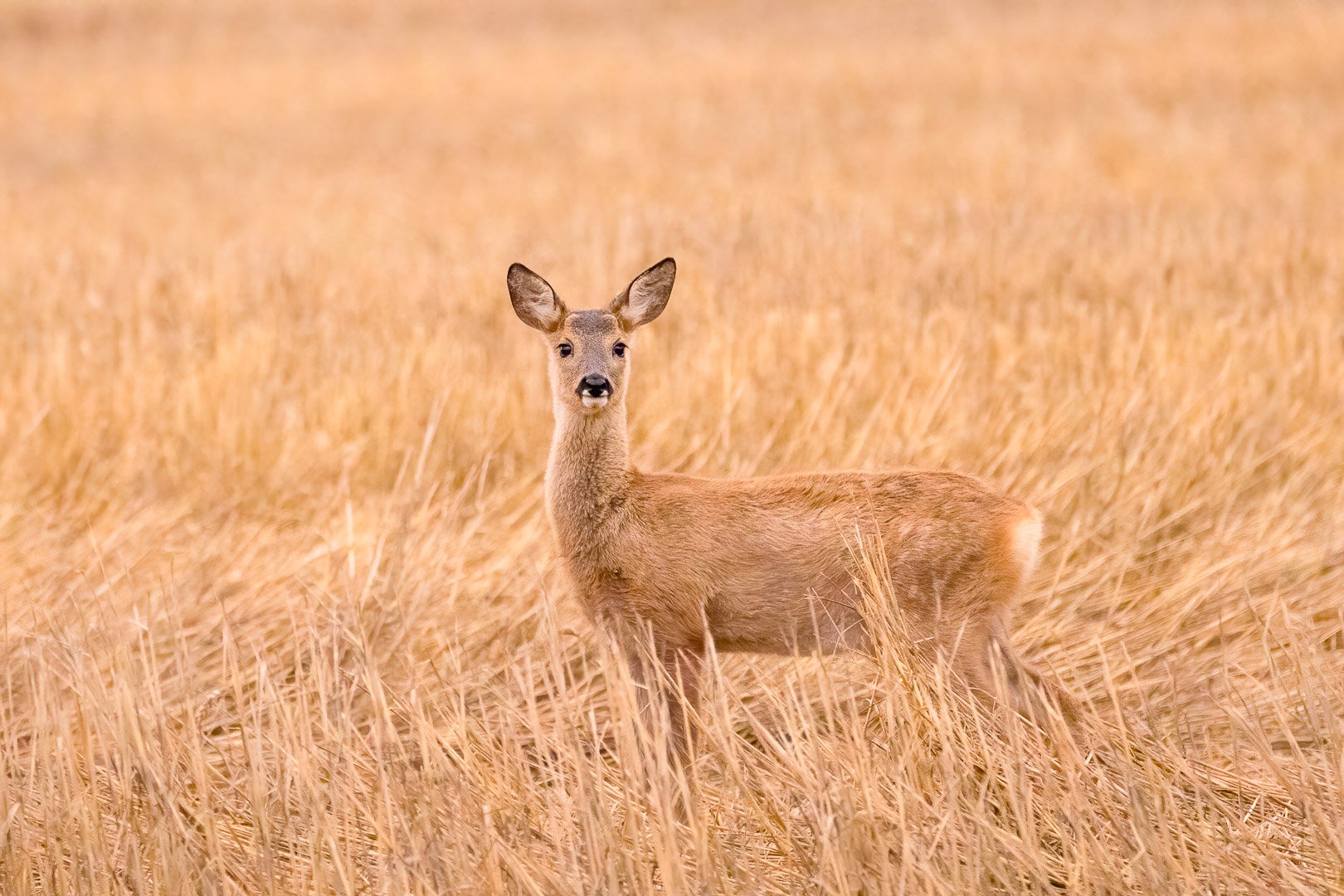Eurasian Red Squirrel (Sciurus vulgaris)
Eurasian Red Squirrel (Sciurus vulgaris)
The Eurasian Red Squirrel – Master of the Canopy
Small acrobats with a strong survival instinct: the Eurasian red squirrel jumps, climbs, gathers—and remains fascinating to us humans.
- Agile climber: Perfectly adapted to life in trees
- Not just vegetarian: Also eats insects and eggs
- Not a hibernator: Active—but with a reduced daily routine
- Early parenthood: First young as early as spring
- Important ecological helper: By forgetting acorns, it grows small forests
Key Facts
- Species Name:Sciurus vulgaris
- Size: Body 20–25 cm, tail almost the same length
- Range: From Ireland to Japan
- Habitat: Forests, parks, gardens with trees
- Diet: Nuts, seeds, mushrooms, buds, animal food
- Winter Behavior: No hibernation, but energy-saving mode
- Offspring: 1–2 litters per year, up to six young
- Protection Status: Strictly protected in Germany
Table of Contents
- Appearance: More than just a bushy tail
- Habitat: Where you’ll find squirrels
- Diet: What’s on the menu
- Winter Behavior: Saving energy instead of hibernating
- Offspring: Precocial and independent
- Why Protection Is Necessary
- Practical Examples: Squirrels in everyday life
- FAQ about the Eurasian Red Squirrel
Appearance: More than just a bushy tail
With its distinctive, fluffy tail, the Eurasian red squirrel maintains balance when climbing and protects itself from the cold on chilly nights.
Its slender body is optimally adapted to life in the treetops. Especially striking are the long tufts of hair on the ears, which look like little antennas, especially in winter.
Fur Colors
- Red: Common in Central Europe
- Brown or Black: In higher or northern regions
- Underbelly: Always light—a distinctive feature
Habitat: Where you’ll find squirrels
The Eurasian red squirrel shows remarkable adaptability and inhabits both dense forests and urban green spaces like parks and gardens.
It prefers areas with older trees that provide both food and hiding places. It is most active especially in the morning and late afternoon.
Diet: What’s on the menu
The diet of the Eurasian red squirrel is seasonal and includes, in addition to plant-based food, occasionally animal items. Alongside nuts and seeds, they also consume berries, mushrooms, and sometimes insects or bird eggs.
In autumn they create food caches and hide them in the ground or tree crevices. Some hiding places remain undiscovered—which benefits nature, because new trees can grow from them.
Winter Behavior: Saving energy instead of hibernating
Instead of going into hibernation, Eurasian red squirrels reduce their activity during the cold season and make use of their stored supplies.
Strategies for Winter:
- Reduced energy consumption
- Supplies from autumn
- Nestmates in the drey—a purely functional cooperation in bitter cold
Offspring: Precocial and independent
Depending on geographic location, the breeding season of the Eurasian red squirrel begins between December and March. After a gestation period of about 38 days, the female gives birth to several young in a self-built nest called a drey.
- Birthplace: Well-hidden drey
- Litter size: Up to six young
- Development: Independent after 10 weeks
The young are born blind and naked—and develop remarkably quickly.
Why Protection Is Necessary
Eurasian Red Squirrel (Sciurus vulgaris) a forest helper
In Germany, Eurasian red squirrels are legally protected. It is forbidden to catch, injure, or kill them in order to preserve their population.
- Forest helper: Forgotten seeds grow into new trees
- Indicators of intact ecosystems
- Threatened by habitat loss and invasive species
Protecting these animals is therefore not just nice—it is necessary.
Practical Examples: Squirrels in everyday life
1. Squirrels on the Balcony
City dwellers know the scene: a squirrel balances on the balcony railing. These animals show remarkable adaptability—as long as humans keep a respectful distance.
2. The Forgotten Hazelnut
When squirrels diligently bury nuts in autumn, many remain undiscovered. In spring, a new tree may sprout—a contribution to natural forest regeneration.
3. Winter Rest with Colleagues
Observations in nature parks show that squirrels sometimes sleep together in one drey during winter. The cold forces them into this unusual social form—an example of their adaptability.
FAQ about the Eurasian Red Squirrel
How old does a Eurasian red squirrel get?
In the wild, they typically live between 3 and 6 years.
How many young does a female have?
Up to six per litter, usually two litters per year.
Where do squirrels build their drey?
High up in the trees, well protected from predators.
Do they really find their hiding places again?
Not always—but that’s a good thing. Forgotten nuts can become new trees.
Are Eurasian red squirrels endangered?
In Germany not currently, but they are under pressure from habitat loss and competition from invasive species.
Final Thoughts
The Eurasian red squirrel impresses with its agility, intelligence, and natural behavior. It is more than just a pretty animal—it is an important part of our forests. On your next walk, if you look up, you might spot one of these small survival artists in action.

